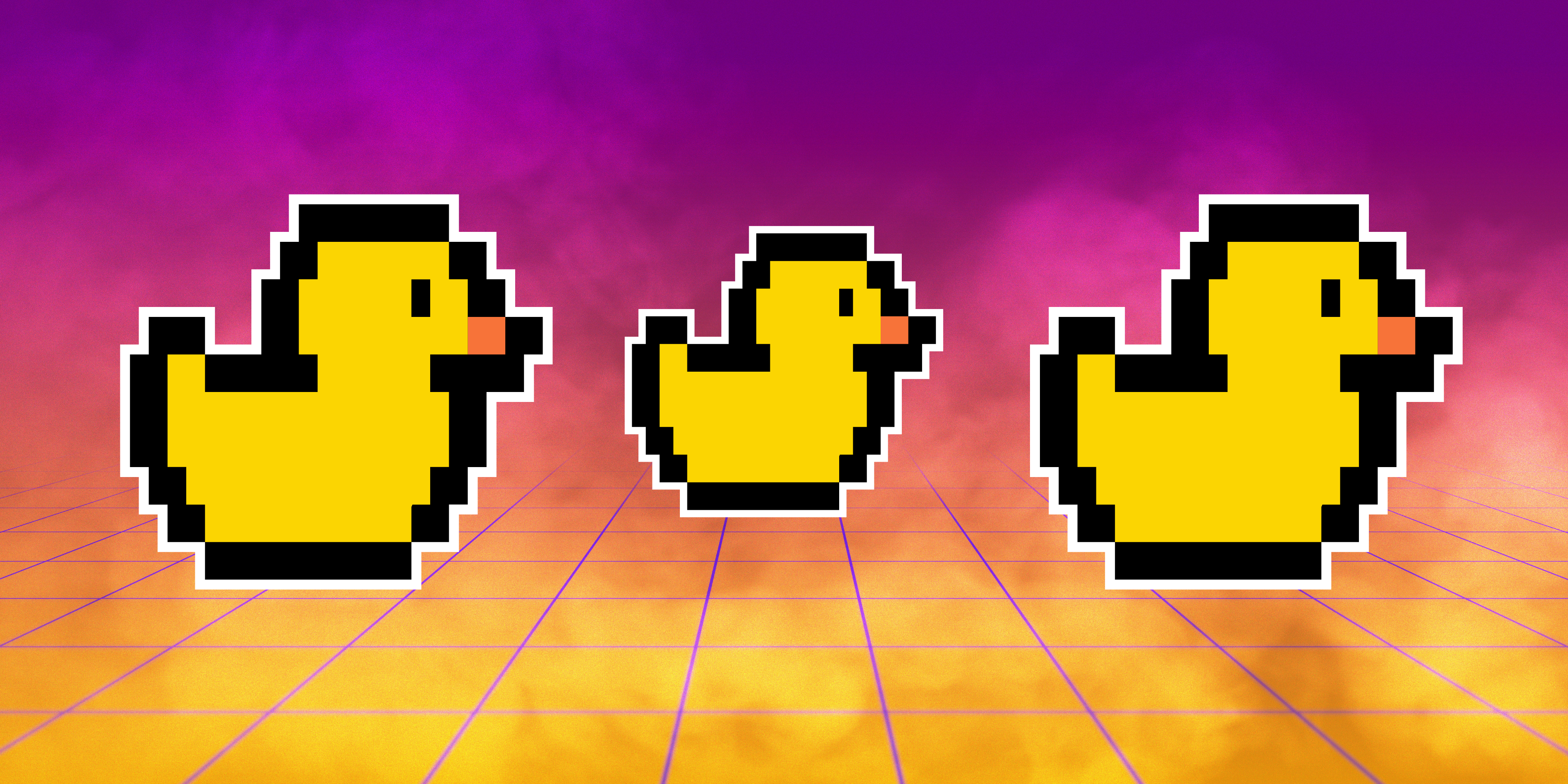Gamification, the strategic integration of game mechanics and game thinking into non-game contexts, is a powerful technique for boosting user engagement and motivation. Within User Experience (UX) design, gamification is increasingly explored to make digital products and services more interactive and enjoyable. However, its application requires careful consideration, especially in areas prone to user fatigue, such as online advertising.
Banner advertising, a staple of the digital landscape since the web’s early days, provides a fascinating case study. These ads have evolved dramatically. In the 1990s, amidst the experimentation of early web advertising, formats like the infamous animated “duck ad” (sometimes called “quack ads”) emerged. These primitive interactive ads often featured a character, like a duck, moving across the screen, sometimes accompanied by sound effects, in a bid to capture attention and drive clicks. You might recall similar annoying animated ads like the notorious “Punch the Monkey” banners.
While novel at the time, these early attempts at interactive advertising quickly became synonymous with annoyance and intrusion. Users associated them with low-quality websites and found their disruptive nature frustrating. This negative reception contributed significantly to their decline, paving the way for less overtly disruptive ad formats.
Despite the failure of these early intrusive methods, the core idea of using game-like elements to make advertising more engaging hasn’t disappeared. Modern digital advertising sometimes incorporates more sophisticated interactive elements, potentially drawing from gamification principles like challenges, points, or rewards. However, designers must contend with a significant psychological hurdle: banner blindness.
Banner Blindness, a concept extensively researched by usability experts like the Nielsen Norman Group, describes the well-documented tendency for users to consciously or unconsciously ignore information presented in banner-like formats. Users often filter out banners because experience has taught them that such ads are frequently irrelevant, overly intrusive, or untrustworthy. This inherent avoidance means any attempt to gamify banner ads must be executed with exceptional care.
Lessons from Early Digital Ads for Modern Gamified Advertising
The primitive “duck ads” and their contemporaries offer valuable lessons for anyone considering gamification in advertising today:
- Relevance is Paramount: A primary failure of early intrusive ads was their lack of relevance to the user’s context or interests. Effective gamified ads, like all effective advertising, must prioritize relevance. This involves careful audience targeting based on demographics, interests, and behavior.
- Respect User Attention (Avoid Overuse): The sheer frequency and intrusiveness of early animated ads led to user frustration. Gamified elements should be used thoughtfully, not excessively. Consider frequency capping and ensure the interaction feels like an enhancement, not a demand.
- Build and Maintain Trust: Banner blindness is partly fueled by a lack of trust. Gamified ads must operate transparently. Be clear about the purpose, respect user privacy, and ensure any interaction provides genuine value or entertainment without being deceptive.
- Strive for Subtle Integration: The disruptive nature of “duck ads” was a major flaw. Effective gamification in ads should ideally feel seamless and non-intrusive. The goal is engagement, not interruption. Focus on simple, intuitive interactions that don’t hijack the user’s primary task.
Conclusion
Gamification holds potential for increasing user engagement, even in challenging areas like advertising. However, the history of intrusive formats like “duck ads” and the persistent phenomenon of banner blindness serve as crucial warnings. Simply adding game elements isn’t enough. Success hinges on a user-centric approach that prioritizes relevance, respects attention, builds trust, and integrates interactions subtly. By learning from the past and applying core gamification principles ethically and thoughtfully, it’s possible to create more engaging advertising experiences without repeating the mistakes of the early web.
Estimated reading time: 3 minutes

